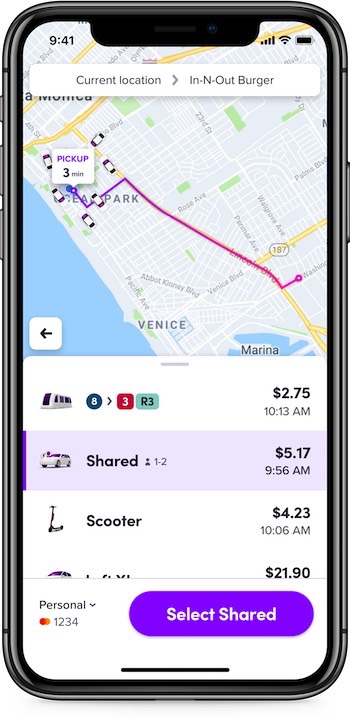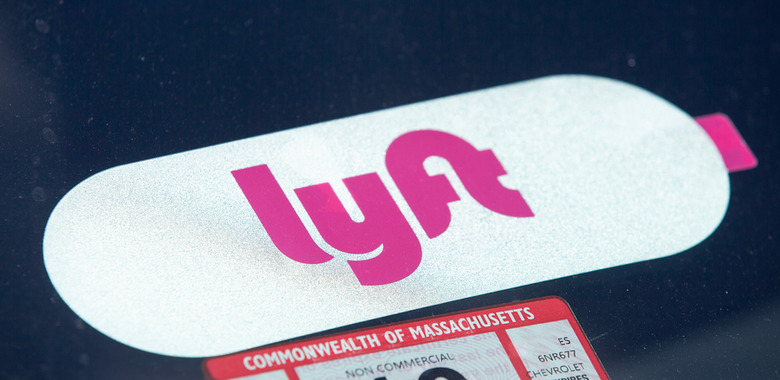Lyft's Massive Update Competes More With Google Maps Than Uber
Ride-sharing app Lyft has done something we wouldn't have seen coming a few years ago when the company was battling Uber for supremacy in the various markets where the two apps are available. Lyft released a massive update that makes the application compete more against navigation apps like the popular Google Maps than Uber and other ride-sharing alternatives. That's because the Lyft app now has functionalities that extend well beyond the app's initial purpose. You'll now be able to find public transportation information right inside the app, in addition to Lyft cars, scooters and bikes, which means Lyft has no problem recommending services that aren't exactly profitable for the company.
"You shouldn't have to own a car to get around your city," Lyft's announcement blog starts. "And you shouldn't have to open nine different apps to find the best ride for your next adventure, whether you're busing to work, biking to burritos, or sharing a ride with friends."
Once you've updated the app, Lyft will display "scooters, bikes, public transit, car rentals, Shared rides, regular rides, big rides, and even more" on the map you're already used to seeing when you open the app. This is apparently a first in a series of changes that should help users choose the right kind of ride.
Google Maps, of course, already supports public transit, ride-sharing apps, scooters, and bikes, and Lyft seems to be ready to go against that. Google does own Waymo, its self-driving arm that could be transformed into a Lyft and Uber competitor in the future.

On top of that, the iPhone version of the app will mark bike lanes in green on the back, with Android support coming soon.
Why is Lyft doing it? Testing of a previous version of the app that included shared bikes and scooters showed that more people choose these types of vehicles, as well as public transit. "This summer, one in eight Lyft rides was a bike or scooter ride in the cities where they're available," the company said.
But Lyft won't stop competing with Uber and other ride-sharing apps. In fact, Lyft has bigger plans in mind, saying in the blog post that the app update is just "one more step" towards a future where you'll subscribe to transportation services "just like you subscribe to your cell phone plan or your content streaming plan." Uber, of course, is no stranger to subscription plans, piloting several such programs of its own.
